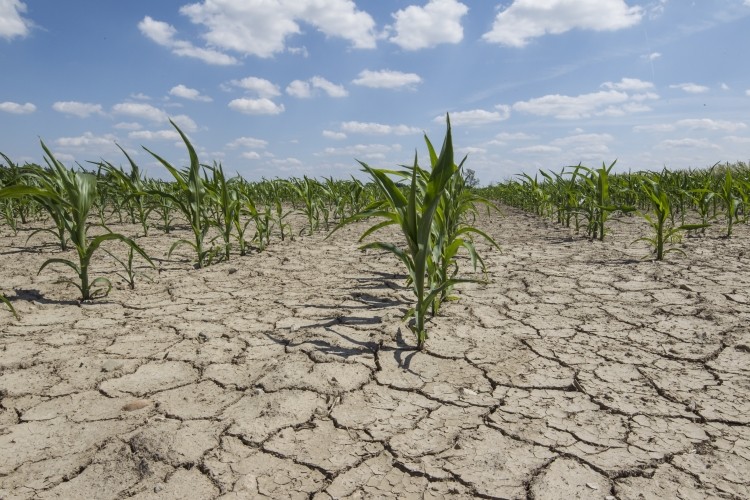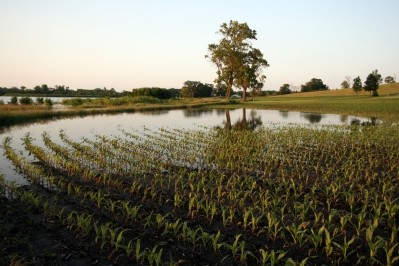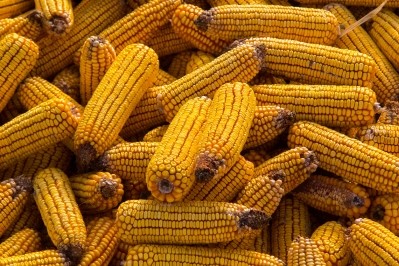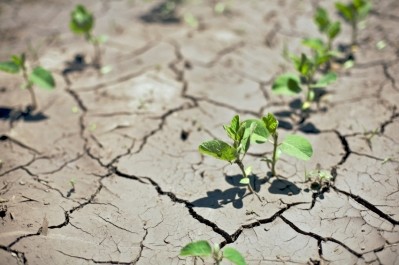USDA: US crop condition scores continue to fall

Details of feed crop development were released in a crop progress report earlier this week by the US Department of Agriculture (USDA).
About 67% of the corn crop has reached the silking stage, which puts the crop behind last year and average development rates. About 8% of the crop has reached the dough stage, also behind last year and the multi-year average.
Condition of the feed crop has dropped from last week and is below last year, with about 62% of the corn crop earning a good or excellent rating compared to 64% last week and sharply below the 76% it had last year.
About 69% of the soybean crop has started blooming, which is happening a little faster than the average, but is behind last year’s production rate, while around 29% of the soybean crop has started to set pods.
About 57% of that soybean crop has received a good or excellent rating, down from last week's 61% rating.
Barley, wheat and sorghum results
The majority of the barley crop has headed with levels reaching 97%, noted the USDA. About 51% of the crop is considered good or excellent, a drop from the 53% that received those scores last week and the 73% at that level at this time last year.
The majority of the winter wheat crop has been harvested at this point, said the department. About 84% has been collected.
Spring wheat heading has almost finished with 96% of the crop completed, said the department. However, condition scores have continued to fall for the crop.
Last year, at this time, about 68% of the crop earned a good or excellent score, last week 34% did and this week 33% of the spring wheat crop managed such a rating.
Sorghum has seen about 38% of the crop headed, which is behind average, the USDA said. About 21% of the crop has started coloring.
Condition-wise, results have dropped since last week, the department said. About 59% of the crop has earned a good or excellent rating, down from 63% last week and 65% last year.
Drought
Drought conditions across the northern plains region of the country have continued to spread and intensify in some locations, bringing challenges to crop production, reported the National Oceanic and Atmospheric Administration (NOAA).
Weather conditions have some producers asking if crop land can be grazed or used for hay, said Frayne Olson, crop economist and associate professor with North Dakota State University, in an earlier interview.
“Now the big set of questions is, ‘Can we hay or graze through the crop land?’” he said. “Especially in the southern or western portion, the wheat crop is short and we know that yields will be poor – they want to hay that and use it throughout the winter.”
Producers are also asking if that recourse is open for some longer growing crops like corn, he said. While possible, the concern is that too much nitrogen will build up in the plants, which makes it a poor feed for ruminants.
Weather market
For wheat, the continuing dry weather has started to influence the grain market, said Olson. And it may be extending to a point where it influences the market for corn and soy.
“It’s all about the weather forecast and what people think is coming next – it’s going to be a wild ride,” he said. “To make intelligent marketing decisions in this kind of environment is going to be tough.”
The US Drought Monitor has increased the percentage of North Dakota considered to be experiencing some level of drought and added areas of “exceptional drought,” the highest rating and South Dakota is no longer considered to have any region not experience at least “abnormally dry” conditions.
The heat and lack of water have “ravaged” crops, the monitor reported. Dry zones have intensified in North and South Dakota and Montana and expanded into Nebraska, Iowa and Minnesota.
“On the marketing standpoint what we’re watching is what is happening in Canada,” said Olson. “This drought area extends north and west into Saskatchewan, and that’s the big spring wheat and canola [area]. They plant a little after us, so the yield estimates are not as solid there.”
Late July and early August are important periods for the development of corn and soybeans, he added.
“There’s a key weather period, really key stages for plant development,” he said. Crop yields still could see improvement if it started raining in the region, but that will change if the dry weather continues.
“We do have corn and soy in the red [extreme drought] region,” he said. “They’re going downhill quickly.”












